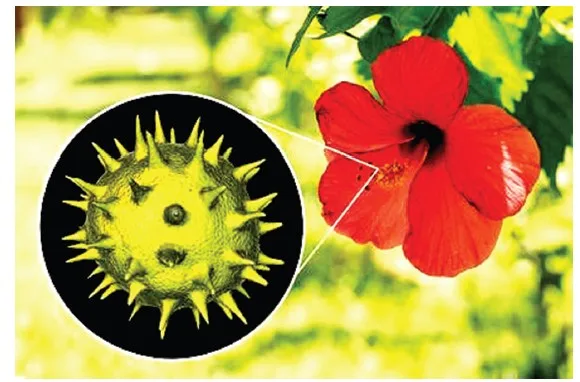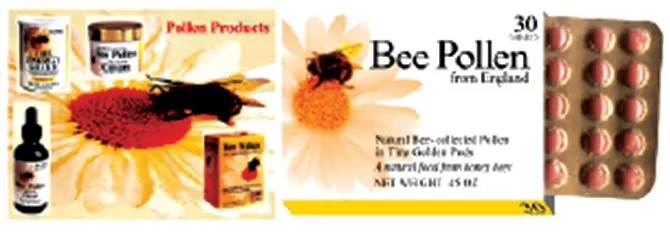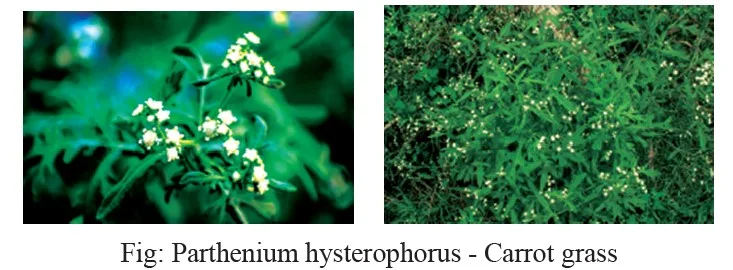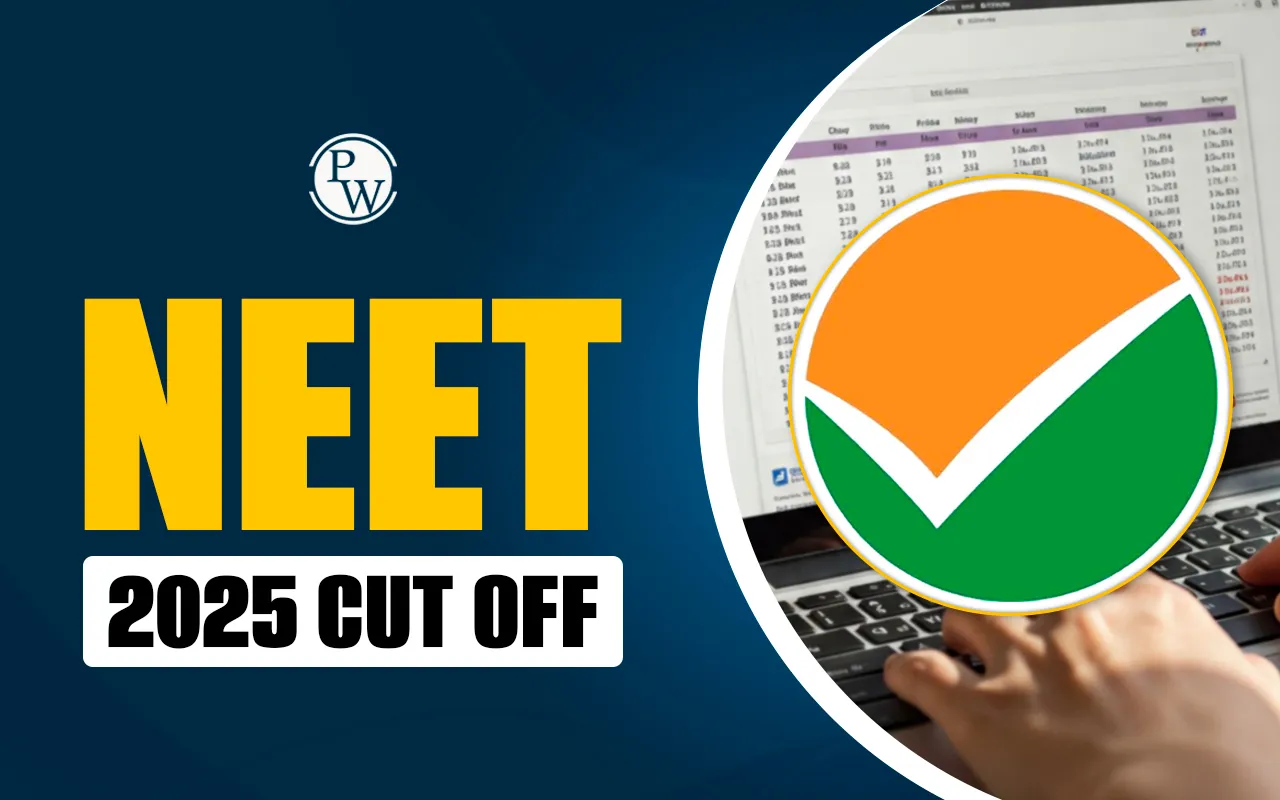
Pollen grains are microscopic structures containing the male gametes required for sexual reproduction in flowering plants (angiosperms) and cone-bearing plants (gymnosperms). They play a crucial role by transferring male reproductive cells to the female reproductive part of the plant. Below is a clear explanation of pollen grain formation, structure, diagram, and types, useful for NEET Class 12 biology.
What Are Pollen Grains?
Pollen grains, often simply called pollen or microspores, are tiny structures produced in the male reproductive organ of a flower (the anther). They contain cytoplasm, a tube cell that develops into the pollen tube, and a generative cell that forms the sperm nuclei.
Depending on the species, pollen grains vary greatly in size from about 3 µm to nearly 200 µm and may be spherical, oval, triangular, disc-like or bean-shaped. Their surface may be smooth or spiky, and colours vary from white to yellow or orange.
These differences in shape, size, colour and ornamentation of pollen grains help in plant identification and are important in palynology (the study of pollen grains).
Pollen Grain Diagram
The structure of a pollen grain is often illustrated in NEET diagrams. Most diagrams show the outer exine, inner intine, and the internal cells. Class 10 and Class 12 biology commonly include labelled diagrams of mature 2-celled pollen grains and pollen grains with different aperture types.

Pollen Grain Types
Pollen grains can be classified based on surface features, apertures (colpi or pores), or orientation with in the original tetrad. Common types of pollen grains include:
Sulcate Pollen
These have a furrow (sulcus) running across the grain.
-
Monosulcate: one sulcus
-
Bisulcate: two
-
Polysulcate: more than two
Colpate Pollen
These pollen grains have elongated furrows (colpi) not positioned in the central area.
-
Syncopate: when colpi ends fuse
-
Polysorbate: when they do not fuse
Tricolpate Pollen
These grains have three colpi, a defining feature of many angiosperms and an evolutionarily advanced pollen type.
These classifications help describe the morphological structure of pollen grains, which is frequently asked in Class 12 NEET exams.

Pre Fertilisation - Structures And Events
Pollen Grain Structure
The structure of pollen grain varies widely, but most share common features. Pollen is usually white but may appear yellow, orange, or cream depending on the species.
A typical pollen grain has three major parts:
1. Inner Cell
Contains living cytoplasm and the generative and tube cells. This part decomposes quickly during fossilization.
2. Intine
The inner wall made of cellulose and pectin. Like the cytoplasm, it degrades rapidly.
3. Exine
The outer wall, made of sporopollenin one of the most resistant biological materials known. Because sporopollenin withstands decay, pollen grains can be preserved for long periods, helping in fossil studies.
The layers of a pollen grain, especially the exine, are important in topics like palynology, allergy studies, and plant taxonomy.
Sexual Reproduction in Flowering Plants MCQ
Pollen Grain Formation
Pollen, the male gametophyte of seed plants, develops in microsporangia.
-
In angiosperms, pollen grains are produced in the anther.
-
In gymnosperms, they form in male cones.
Pollen grains differ in texture, size, and external features. Examples:
-
Pine and spruce pollen grains may have air sacs for wind dispersal.
-
Forget-me-not pollen grains (2.5–5 µm) are among the smallest.
-
Corn pollen (90–100 µm) is comparatively large.
Microsporogenesis and Microgametogenesis
These processes explain how pollen grains are formed:
Microsporogenesis
Sporogenous cells undergo meiosis to form microspores (tetrads).
-
In successive microsporogenesis, cytokinesis occurs after each meiotic division.
-
In simultaneous microsporogenesis, meiotic divisions happen before cytokinesis.
Microgametogenesis
Microspores mature into pollen grains. Each pollen grain normally contains a tube cell and a generative cell, which divides to produce sperm cells essential for fertilisation.
Inside the developing anther, sporogenous tissues, nutritive layers and pollen sacs form, supporting the development of pollen grains.
Pollen Grain Functions
Pollen grains are essential for plant reproduction:
-
They carry male gametes in both flowering (angiosperms) and cone-bearing plants (gymnosperms).
-
They enable the transfer of male gametes to the ovule through the pollen tube, allowing fertilisation.
-
They help maintain genetic diversity in plant populations.
-
Some plants produce nutrient-rich pollen, used in pollen tablets and supplements.
-
Pollen grains represent the male gametophyte of flowering plants.
The function of pollen tube is specifically to transport sperm nuclei to the embryo sac.
Pollen Viability
Pollen viability refers to a pollen grain's ability to remain functional and deliver male gametes successfully.
Viability varies by species:
-
In crops like rice and wheat, viability may last less than 30 minutes.
-
In families such as Leguminosae, Rosaceae and Solanaceae, pollen grains may remain viable for months under natural conditions.
Factors like temperature and humidity strongly affect viability.
Pollen as a Nutritional Source
Many pollen grains are rich in protein, vitamins, and essential amino acids. Commercial pollen products tablets, syrups are sometimes used as supplements. Some athletes and animals are believed to benefit from pollen consumption.

Pollen Banks
Pollen banks preserve pollen for breeding, research, and conservation. Pollen can be stored for years in liquid nitrogen at –196°C. Like seed banks, pollen banks are important genetic resource centres used in crop improvement programs.
Pollen Allergy
Pollen grains from certain species may trigger allergies, asthma or bronchial issues.
Parthenium (carrot grass), introduced as a wheat contaminant, is a major cause of pollen allergy in India. Sensitive individuals may develop chronic respiratory disorders during high-pollen seasons.

Physics Wallah provides the NEET Online Coaching to students who are taking the NEET exam. PW NEET Courses are offered at the most affordable prices while providing high-quality education. Enroll now for Best NEET preparation with expertise.
| NEET Biology Important Links | |
| NEET Biology Syllabus | NEET Biology Diagrams |
| NEET Biology MCQ | NEET Biolofy Chapter wise Weightage |
| NEET Biology Notes | NEET Previous Year Question papers |
Pollen Grain FAQs
What is a pollen grain in a plant?
What is the primary function of the pollen grain?
What are two characteristics of pollen grains?
What is pollen in a flower?
What is pollen composed of?










